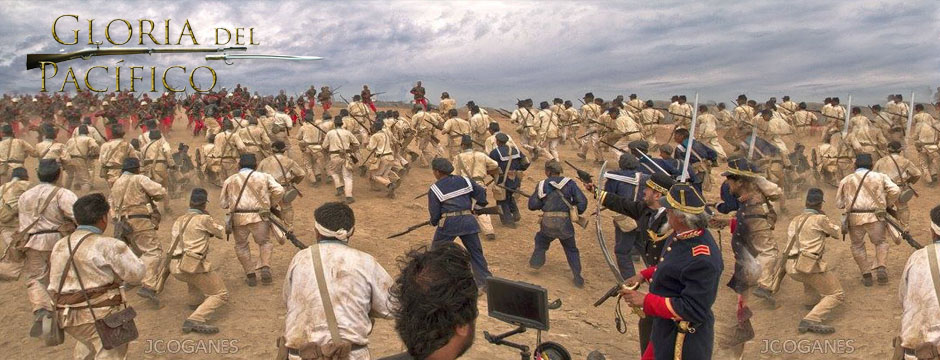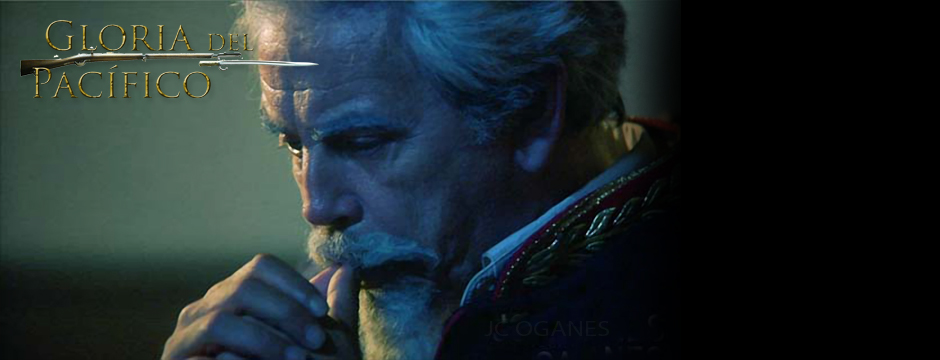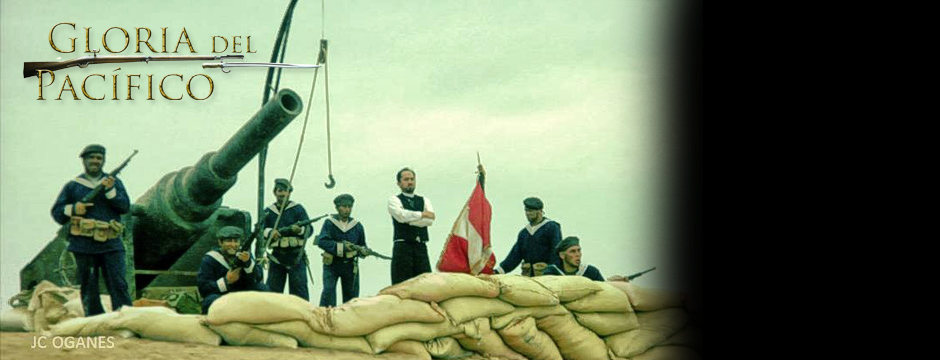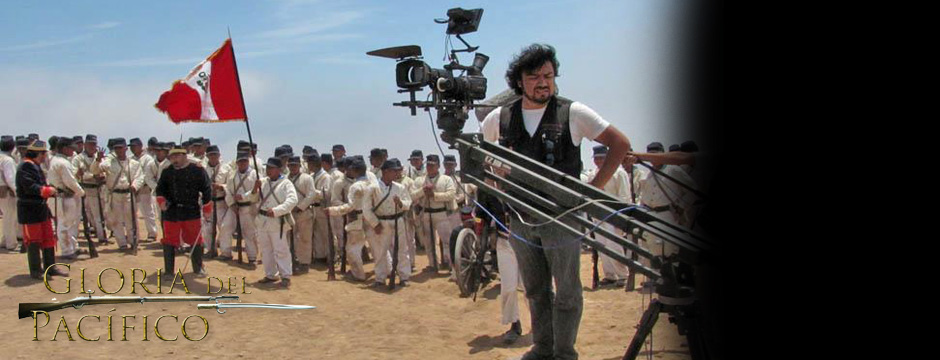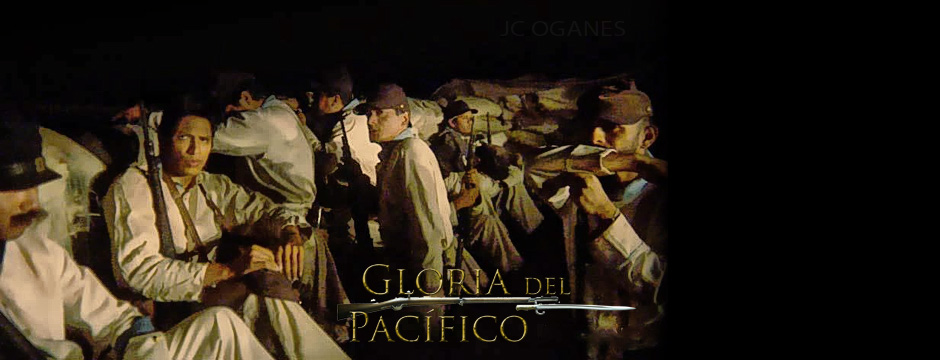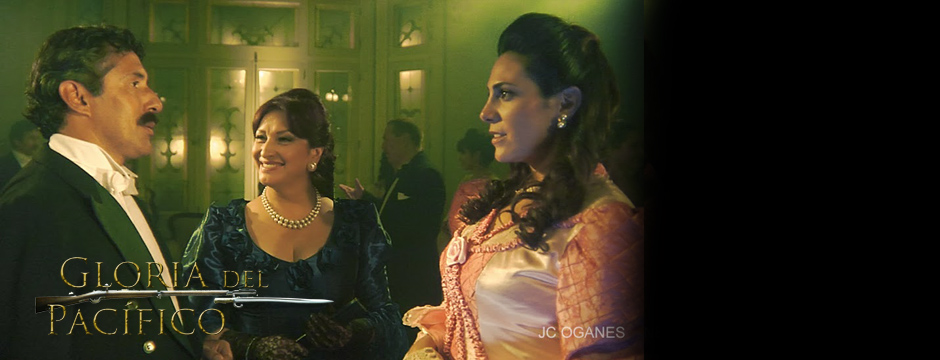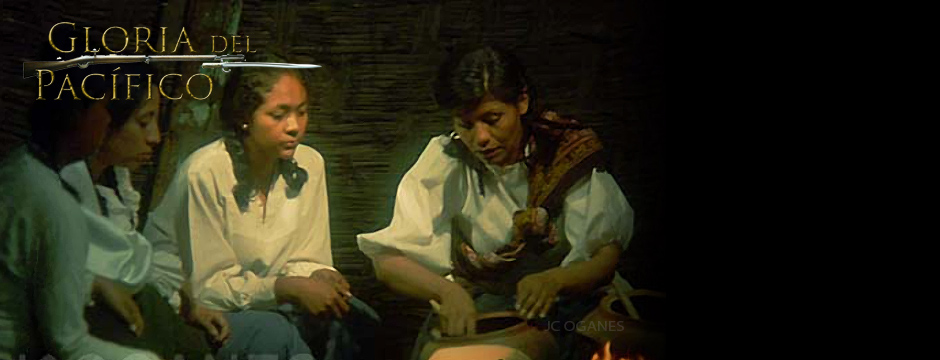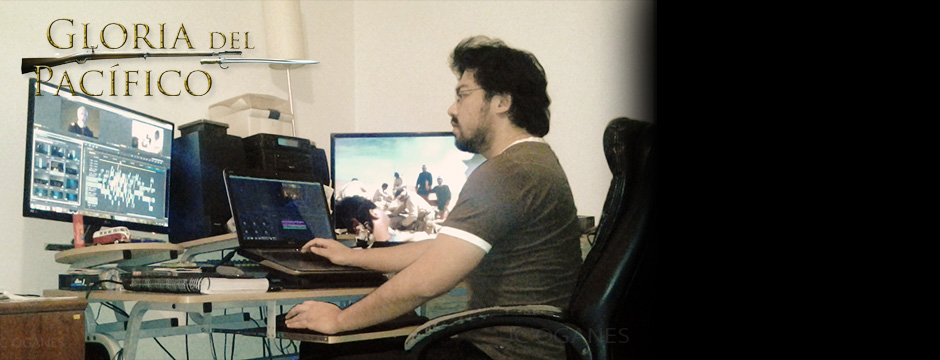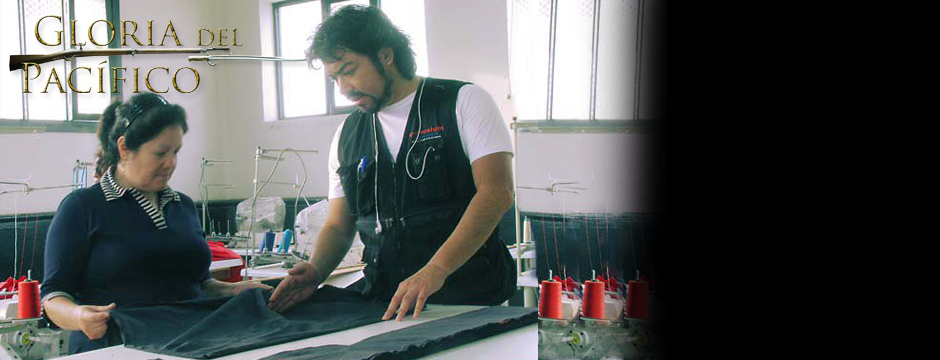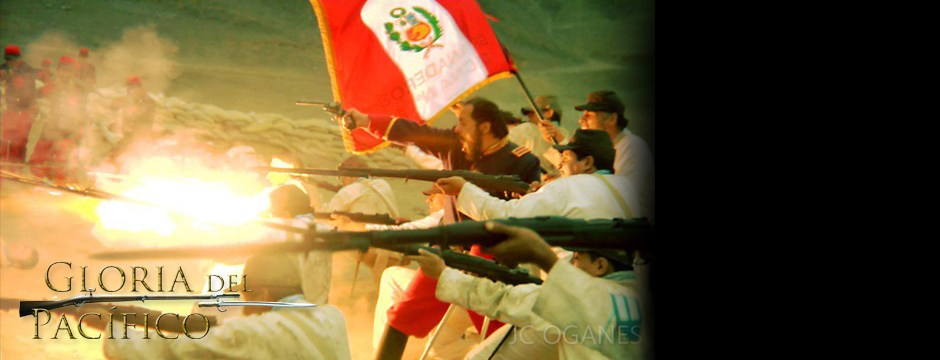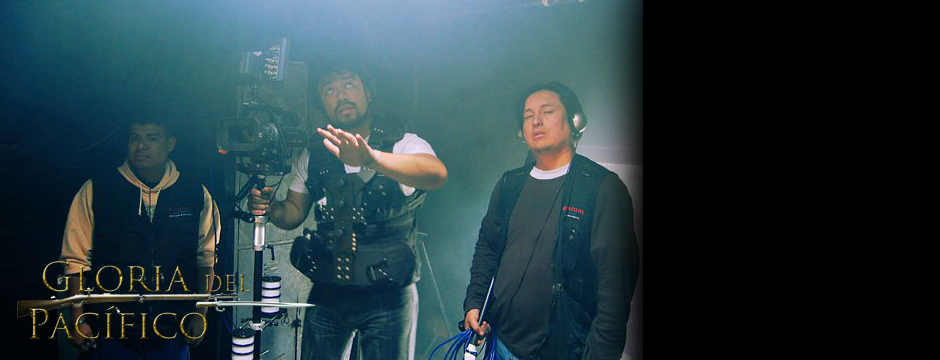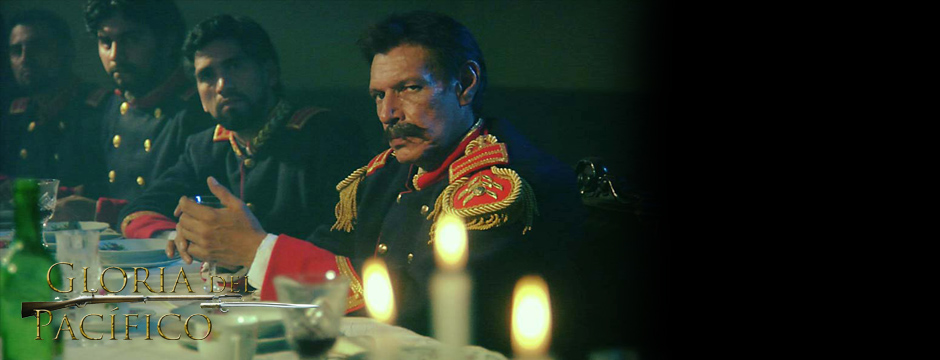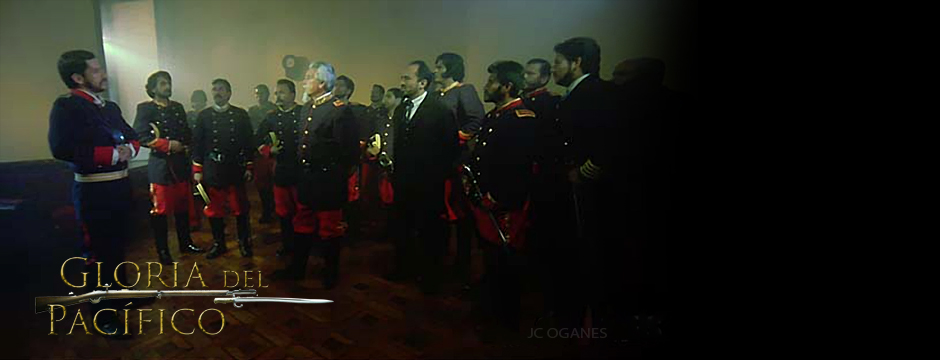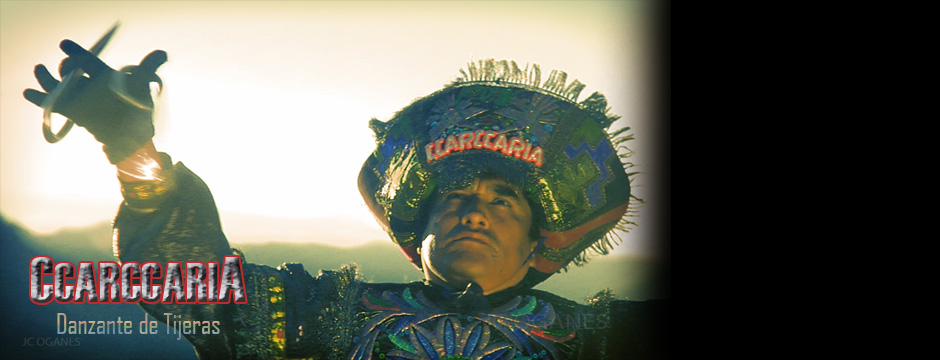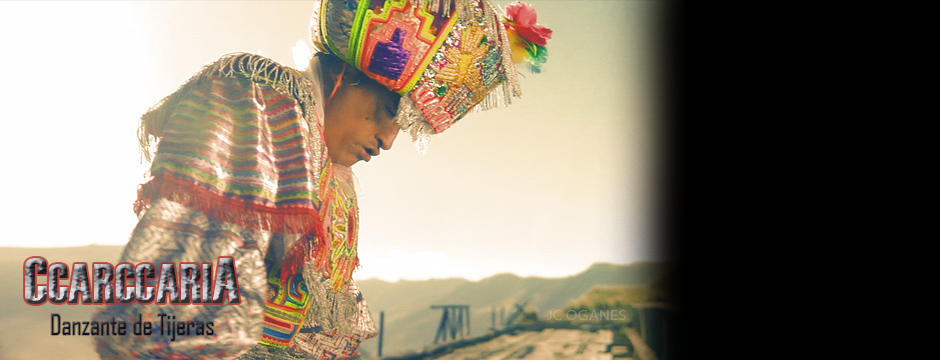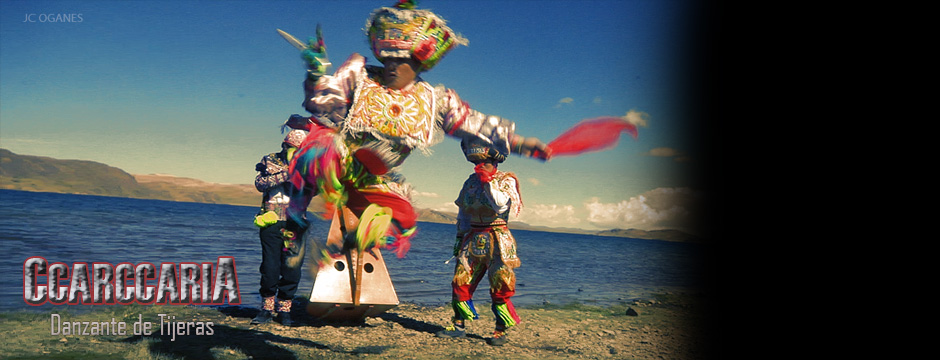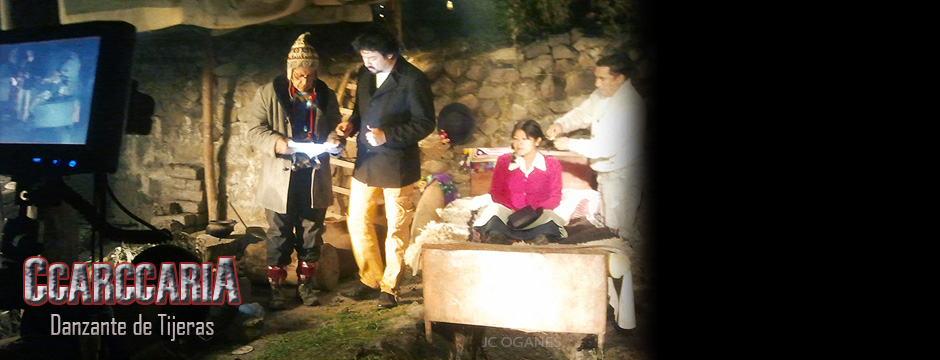This time I had a free day to do so for I needed to take pictures of the Morro to place digitally behind the Casa de la Respuesta replica we already filmed at the Real Felipe fortress some months ago. Usually, the Morro pictures we find online show the side where you can see the abyss from the old Aduana (customs) office. That is its best angle but from the Casa de la Respuesta you see a side view not often portrayed in postcards or online. So this was my duty.
Went with one of my fellow friend and actor who lives in Tacna and met with another friend of mine who lives in Arica. He was onsite during filming the first battle scene there and I'm glad he was entertained by the scope of the event. We borrowed a van and went to see some sites -apart from the mentioned duty- that correspond to some of the scenarios pictured in the film: the Chacalluta and Lluta valley and its river mouth and wetlands where Peruvian engineer Teodoro Elmore tried to blast the chilean Carabineros de Yungay regiment, got captured and was made to talk near the vicinity of the USS Wateree boilers (destroyed during the 1868 earthquake and tsunami that struck Arica); also went some kilometers inside the back valley of Azapa to see if there were any remains of the chilean spy during the war Carlos Weguelin's hacienda (country house). All we could find was the place where it used to be but now another newer country house was in its place made by his great-grandson Hugo Mozo (as my Arica friend Tomas confirms so). Went to the two Peruvian fortresses at the back east side of the Morro: the Ciudadela and East fortresses. All that remains are the trenches built by our soldiers and we could crearly see the wider sections where the Parrot and Voruz cannons were placed. Too bad to see much of the trenches were filled with litter, garbage and human feces. Knowing hundreds of heroic soldeirs died in that place was an overwhelming sensation and the gap where the santabarbara (powder and ammunition storage place) was located showed sign of being badly destroyed. Im sure it was because of Alfredo Maldonado's detonation of it. The thing that gave me satisfaction was that the trenches we built in Lima at Puente Piedra/Ancon's location back in April/May looks very similar. We tried to replicate it as faithful as possible.
The surroundings are already populated by young shanty towns and neighborhoods. Ironic how they are practically living just on the battle field where hundreds and hundreds died in a horrible way. I'm sure they must have much paranormal activity stories to tell.
At downtown Arica I also went to its famous church made entirely of metal and desgined by Eiffel itself. The stone steps leading up to it are the actual ones that were during the war and still show the bullet hits where many male civilians were shot by the chilean troops as they sieged the city after taking the morro.
It was nice to go back to Arica after 7 years. Back in 2005 I was here also with Tomas during my historical research for this film, my new big baby: "Gloria del Pacifico".
Amazing how this baby has grown from being an idea in my mind and on paper to a thing so huge in scope and size that it puts such a responsability over my shoulders because of its national importance and also fills my heart with such joy of seeing a dream of years finally come true.
We are getting close to completion. So many stories, so much anecdotes, so much to thank the Lord above. :)
 |
| The USS Wateree boilers. |
 |
| Amazing how a tsunami can destroy such a strong iron ship. Nature's force is inmense. |
 |
| Driving in the Azapa valley in search of the former Carlos Weguelin's hacienda. |
 |
| The Hugo Mozo hacienda in Azapa: Carlos Weguelin descendant as I was told. |
 |
| The past and present. |
 |
| Picture of the era: chilean troops in Arica. |
 |
| At the Morro museum site. |
 |
| Chilena army plaque conmemorating our national hero Francisco Bolognesi. Nice gesture. |
 |
| The Alacran island (now isthmus) and next to it the site where the Manco Capac Peruvian ship was sank. |
 |
| The Arica bay. Further into the picture, the chilean Cochrane fired at the morro. |
 |
| The Krupp cannons. Silent witnesses of the battle. |
 |
| At the trenches of the Peruvian East fortress. |
 |
| From the Este fortress, the soldiers saw the 4to de Linea Chilean battalion coming close. |
 |
| The Ciudadela Peruvian fort trenches. |
 |
| The view from the Ciudadela trenches. The 3ro de Linea came this way. |
 |
| The Ciudadela's santabarbara (powder and ammo storage). |
 |
| One can see clearly the where the cannons were placed. |
 |
| Amazed to be back in this historic place. |
 |
| ...and with the company of my good friends Gato and Tomas :) |
